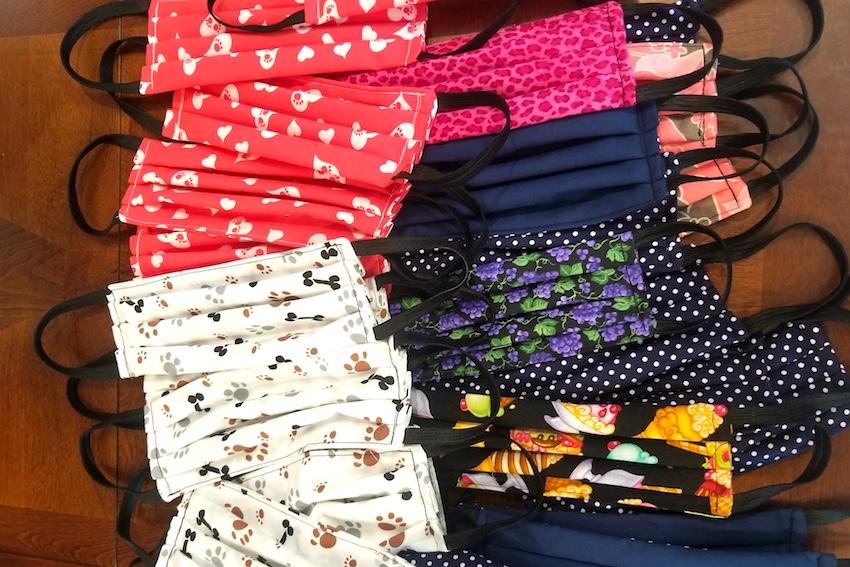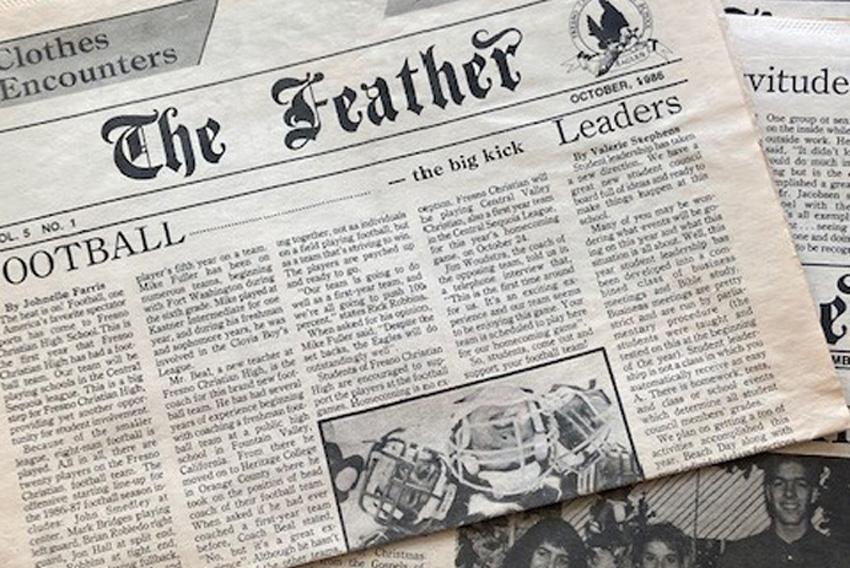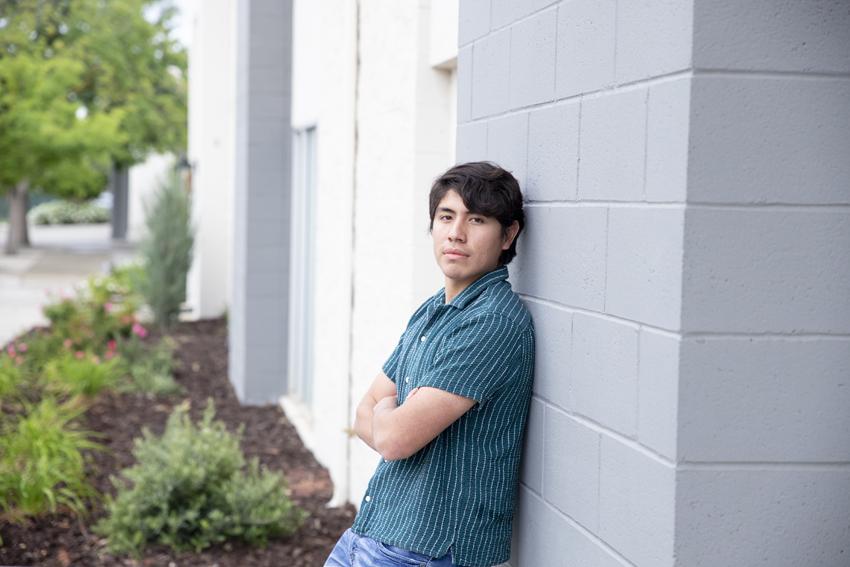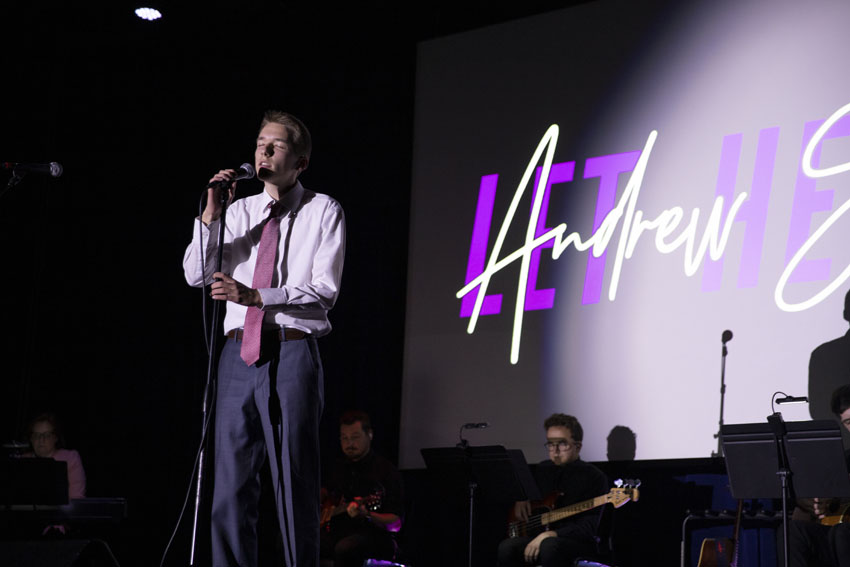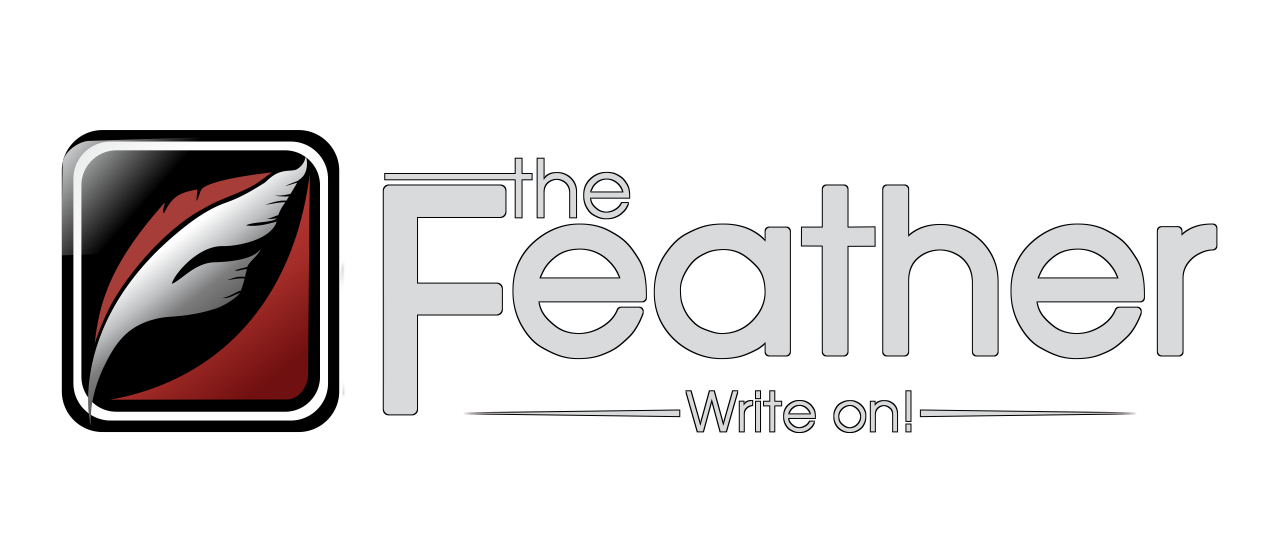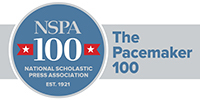Retired campus teacher, Sharon Scharf, local 4-H chapter sew for healthcare professionals
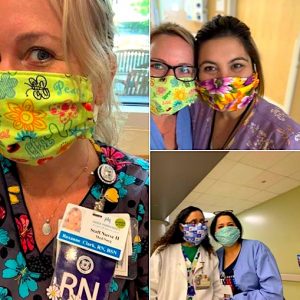
As COVID-19 continues to spread across the United States, causing over 14,820 deaths as of April 8. With personal protective equipment in short supply, healthcare professionals and the general public are considering homemade fabric masks for protection.
The New York Times offers a map with real-time updates on how quickly the death toll has risen into metro areas across the country. The toll on human life continues.
The Centers for Disease Control and Prevention (CDC) now recommends the use of cloth face coverings, especially in areas of severe infections. The CDC posted recent studies reporting a significant portion of individuals with coronavirus can eventually transmit the virus to others before showing symptoms.
This means that the virus can spread between people interacting, even if those people are asymptomatic, not exhibiting symptoms at that time. The CDC study indicated that “25 percent of of people infected with the new coronavirus don’t present any symptoms or fall ill, but can still transmit the illness to others.”
It is still critical to maintain six feet social distancing. In addition, the CDC advises the use of simple cloth/fabric face coverings to slow the spread of virus by protecting others around. Cloth face coverings made from household items such as T-shirts and basic fabric at low cost can also work.
In the following Tweet, the CDC suggests using a cloth face covering to reduce the spread of novel coronavirus, most notably COVID-19.
Reduce spread of #COVID19. When in public, use a cloth face covering that
✔️Reaches above nose & below chin, completely covering mouth & nostrils
✔️Fits snugly against sides of your face
✔️Is made of multiple layers of cloth that you can breathe through https://t.co/bihJ3xEM15 pic.twitter.com/wvaRlxv47G— CDC (@CDCgov) April 6, 2020
An April 5 TIME article speaks to the ethical issue of wearing or not wearing a mask. They stress the key that healthcare workers and other first responders need medical masks to protect themselves, but the masks are in short supply.
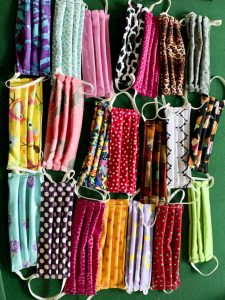
Therefore, the general population who don’t work in the healthcare settings are recommended to us fabric masks that are made at home. Many local Fresno volunteers are helping to make masks for medical centers and hospitals.
Sharon Scharf, long-time Fresno Christian art and home economics teacher, is currently working with a local 4-H group to make masks.
“I have always been community service minded. When I was teaching, I tried to find ways for my students to serve their school, community, and country. I guess that comes from my 4-H background. We made cookies and cards for deployed servicemen, baby quilts for the Pregnancy Care Center, items for the school auction, etc. making the masks for those who want and need them is a natural!
For Scharf, she said she believes the Lord led her into the ministry of serving. She retired from her campus teaching position in May 2016 and has spent a lot of her time taking care of her husband at San Joaquin Gardens.
“I have a lot of fabric that I planned for this and that, plus many of the supplies needed, so I didn’t have to buy anything- being a hoarder-sewer paid off,” Scharf said. “I have a church friend who is a nurse at Clovis Community Hospital and my husband is a resident at San Joaquin Gardens due to Parkinson’s disease because of Agent Orange in Vietnam, so I have two places that have requested them!”
Cindy Suarez attended Fresno Christian Schools in elementary school has been the sewing leader in Fairmont 4-H for eight years. Cindy Suarez’s sister, Candi Wasson, attended Fresno Christian and graduated in 1984, the first graduating class of Fresno Christian. Both women, along with many other 4-H participants, have already volunteered hundreds of hours making masks. They join thousands of others across the city, state and nation as a part of a larger force making fabric masks.
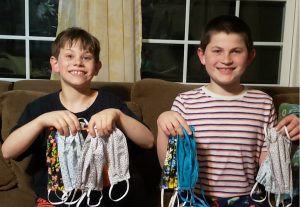
Blossom Trail 4-H parent, Valerie Thompson’s two sons, Sloan and Ronan Ryan, also help their mom to make face masks during this time of pandemic and they have already made over 30 masks.
During the global pandemic, Cindy Suarez started to donate homemade face masks to friends who are nurses at facilities like Dycora Transitional Health & Living Centers. Over the last few weeks, she has made over 300 masks alongside her team.
“I know the fabric masks are not foolproof, but it is better than nothing,” Suarez said. “I will work on this project until everyone is safe and this is over.”
Suarez and her team receive donated fabric and elastics from family and friends. She also tries to order fabrics online.
Nathan Williams, the assistant and main administrator for Dycora transitional Health, explains the use of homemade masks in medical centers.
“Our staff will wear the homemade masks over a surgical mask or N95 respirator,” Williams said. “We are trying to make the one time use masks last longer.”
In the following Podcast, Serena Zhao speaks with Nathan Williams, the assistant and main administrator for Dycora transitional Health about homemade masks and containment of COVID-19.
Moreover, he appreciates the support from Fresno community for medical professionals.
“So far we have been able to source about 600 masks for our staff and employees, ” Williams said. “We can’t say it a thousand times, but thank you so much.”
While the CDC provides no-sew instructions via a YouTube video on how to make a face mask using T-shirts or bandana at home, an April 6 article from the New York Times discusses the best materials for a face mask, such as vacuum cleaner bags and flannel pajamas.
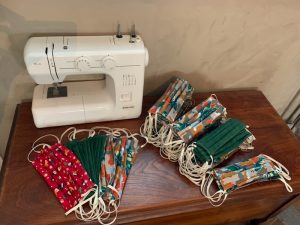
After testing a series of homemade masks, scientists at the Wake Forest Institute for Regenerative Medicine (WFIRM) found the best-performing designs were a mask constructed of two layers of high-quality, heavyweight “quilter’s cotton,” a two-layer mask made with thick batik fabric, and a double-layer mask with an inner layer of flannel and outer layer of cotton.
If conditions are met, scientists and doctors recommend adding several tight weave cotton layers inside a bandanna or T-shirt mask to strengthen protection.
Researchers in John Hopkins Medicine has one design for the public to try, using woven cotton fabric that has pattern to it.
While many local volunteers and churches actively involved themselves in mask making donations, businesses like JoAnn Fabric and Craft stores shared how they are helping in this effort.
They encourage customers to participate in the “Giving Back” program, to pick up a face mask kit at any open store, free of charge, to create masks to donate to healthcare systems and organizations in need.
According to the Instagram post on April 4, JoAnn, the primary supplier of fabric and sewing supplies in the country, are compelled to offer their support to fight against the coronavirus.
Whitney Wenger, a member of Mennonite Community Church, started making the masks when she saw JoAnn’s program through an email.
“The masks I am donating go to JoAnn Fabrics, who then delivers them to hospitals and medical centers,” Wenger said. “I also had numerous requests from church members who work in healthcare related professions around Fresno County.”
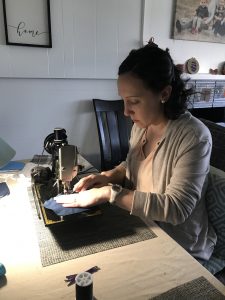
Before making face masks, Wenger already started her own shop online, HoenyPieLion, where she created zero-waste products such as paperless towels and cloth napkins. She said she has always had a true love for creating, and making cloth masks is a way to help ease the nation’s reliance on disposable products.
Since people are unfamiliar with handling face masks properly in the United States, it is important to raise awareness of how to properly and safely put on and remove a face mask.
When handling a homemade fabric mask, the CDC recommends people wash them regularly with a washing machine, depending on the frequency of use. They believe washing machines should suffice in properly washing a face covering.
When removing the mask, the CDC reminds individuals to be careful not to touch the mask itself- only the ear straps- or their eyes, nose, and mouth, and to wash their hands immediately after removing.
As for healthcare workers and other medical first responders, The World Health Organization (WHO) provides detailed steps and videos to follow about how to put on and discard the medical masks for healthcare workers and other medical first responders.
The San Francisco Department of Public Health also provides steps for people to follow when putting on a face mask:
- Clean your hands before touching the mask.
- Remove a mask from the box and make sure there are no obvious tears or holes on the mask.
- The side of the mask that has a stiff bendable edge is the top and is meant to mold to the shape of your nose.
- Determine which side of the mask is the front. The colored side of the mask is usually the front while the white side touches your face.
- Try not to touch the surface of the mask and place a loop around each ear.
- Pull the bottom of the mask over your mouth and chin.
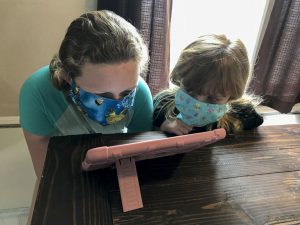
When disposing a one-time use mask, the SF Health Department emphasizes not to touch the front of the mask because it is contaminated.
They caution users to remove the fabric mask by only touching the loops, elastic bands, or ties and immediately throw them into the trash can. The key is to not touch the front of the mask, which serves as a filter to collect potentially infectious particles.
After removing the mask, users are urged to not touch their face or other personal items, including their clothes and cellphones, and requested to wash their hands with soap and water for 20 seconds.
Learn how to make a face mask and how to wear one properly to protect loved ones from the coronavirus, visit the April 7 HuffPost article for more information.
The Feather also encourages readers to share their stories of encouragement, volunteerism or ways to help their communities during the shelter-in-place mandate. Share your voice via the comment section below and/or write a letter to the editor or a column and send it to [email protected]. For those interested in joining forces with Cindy Suarez or the 4-H groups, contact Suarez via email ([email protected] ) or via her Cindy Suarez Facebook or the Fairmont 4-H Club Facebook pages.
For recent Feather articles on shelter-in-place and coping with COVID-19, read Students, state band together, preserve mental health focus, COVID-19 affects family routines, time spent with grandparents, Entertainment remains despite concerts, films, sports cancellations and Central Valley journalists, athletes connect with followers despite ‘shelter-in-place’.


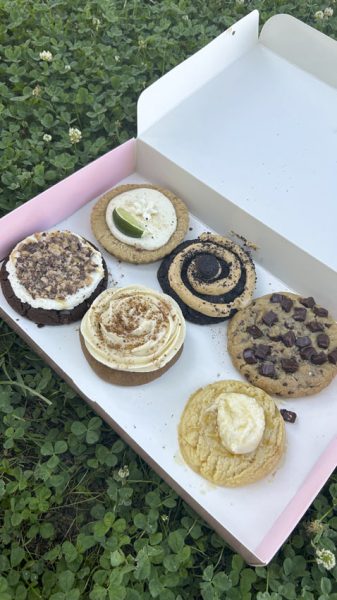


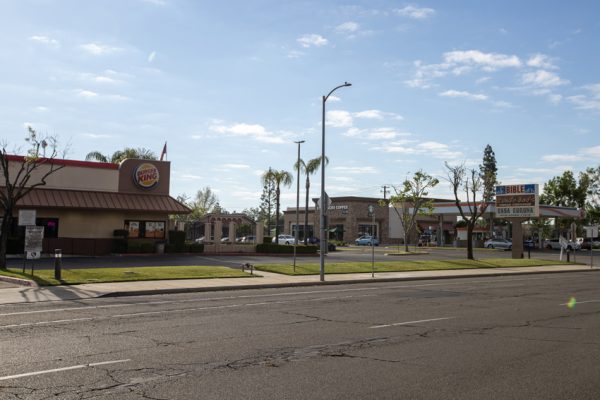

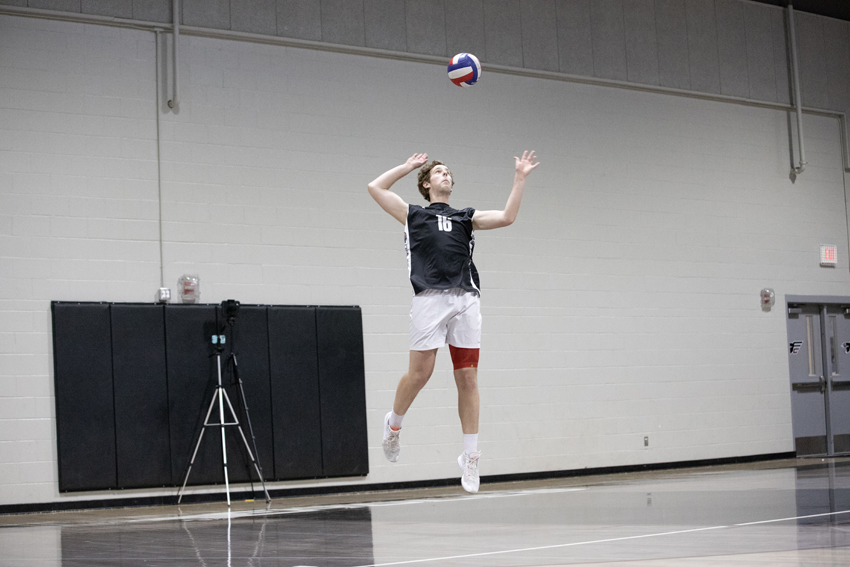
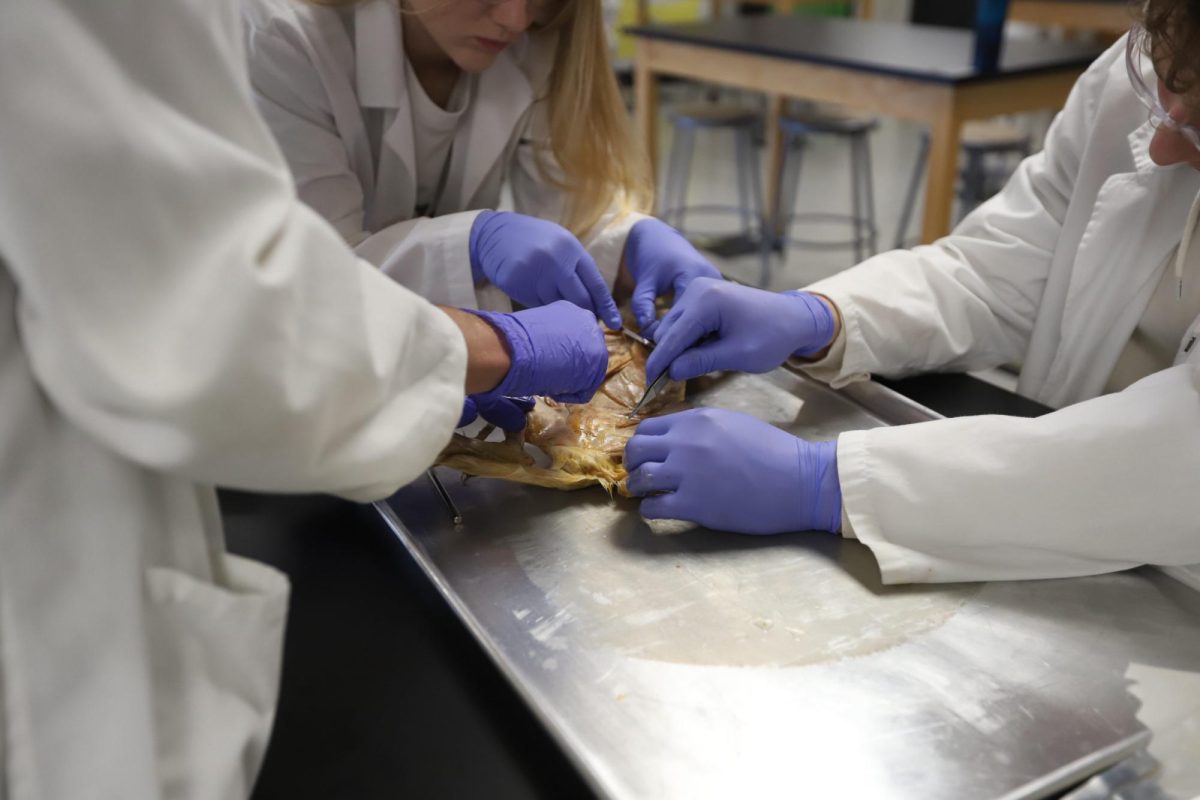
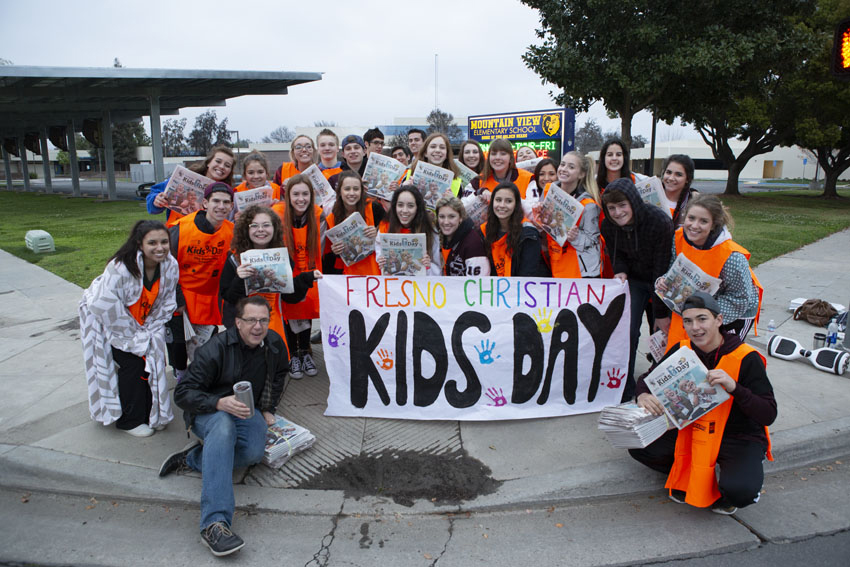
![[Video] 100th CSPA Spring Journalism Conference](https://thefeather.com/wp-content/uploads/2024/04/20240308-cspa-crown-002.jpg)
![[Video] New York Day 4](https://thefeather.com/wp-content/uploads/2024/04/NY-trip-day-4-JC-.jpg)
